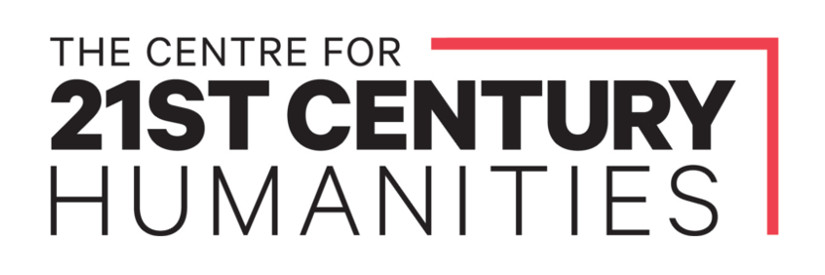| Narrative | In early June 1829 in a series of raids on huts for food, at the Carlton River, Pittwater, 15-20 Oyster Bay people killed two stockkeepers, James Turtin and Edward Harthill and wounded at least three others. James Gordon, the magistrate at Sorell, dispatched a party of soldiers from the 40th Regiment and field police in pursuit and they returned with Aboriginal weapons and items belonging to the missing men. Gordon reported that the 'particular object of this non-commissioned officer [was] to capture ...without loss of life, but as they fled on the approach of the Party, I am [sorry ] to state that it is supposed eight or ten of the natives were severely wounded' (Gordon to Col Sec 16 June 1829, TSA CSO 1/321). The 'Hobart Town Courier', 20 June 1829, p 2, provided more details. ' After the late outrages at the Carlton, it appears that the natives proceeded towards Prossers Plains. The settlers, with the constables and military stationed in that neighbourhood, suspecting that their movements would be made in that direction, were fortunately on the alert. A man named Douglas Evans (Hibbins) succeeded in observing them encamp for the night on Friday last [13 June 1829] under a hill called 'the Three Thumbs' on very rocky ground, with thick brush. A party of ten set out about 11 o'clock [at night] in hopes of surrounding them and taking them alive. On arriving within 300 yards of the spot, about one o'clock, they advanced very cautiously in order to avoid giving alarm, but within 20 yards, one of the dogs which was with the blacks began barking, and they all instantly rose up, and the attacking party rushed on them, threatening to shoot them if they did not surrender. But they fled precipitously in all directions. Six of the party immediately fired at them (the guns carried by the other 4 missed fire). Douglas Evans (Hibbins) pursued them alone into the brush for a few minutes, and fired a second shot, having then been surrounded by them on separating from his companions. The night being very dark, all further pursuit was fruitless. When daylight appeared, 49 spears, 24 waddies, 2 shirts, a jacket, a number of knives, shears, and razor blades, many of them (besides 2 dogs) belonging to the men lately murdered at the Carlton. Not a native was to be seen all around, though for a considerable distances marks of blood appeared on different parts on the ground. There were some 30 or 40 of the blacks.' |

